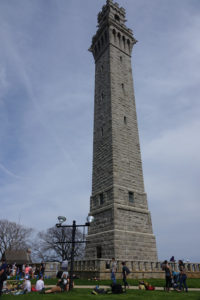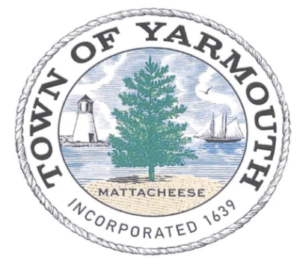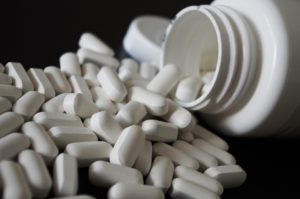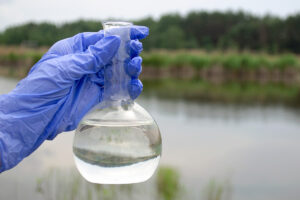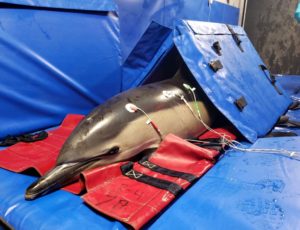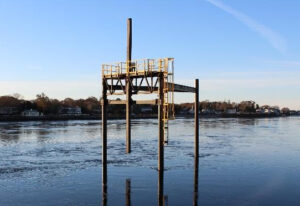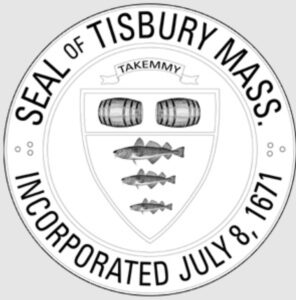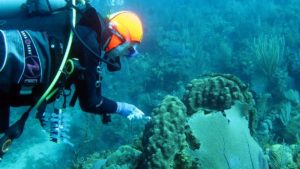
Laura Weber collects a syringe sample from seawater surrounding an Orbicella faveolata coral colony in Jardines de la Reina, Cuba. (Photo by Amy Apprill, Woods Hole Oceanographic Institution)
WOODS HOLE – Scientists have extensively studied algae and other microbes that reside inside corals that provide color and nutrients, but have largely ignored the microbial communities just outside of the coral communities – until now.
A new study from scientists at the Woods Hole Oceanographic Institution is starting to describe and catalog microbes that live just a few centimeters from the surface of corals. The work will pave the way for future studies.
Researchers published their findings in May in the journal “Limnology and Oceanography.”
“Microbes are everywhere on reefs. There’s roughly a million of them in a single milliliter, which is about 20 drops, of seawater. But we don’t yet have a good sense of the microbial population that exists right next to corals,” said Laura Weber, lead author of the study and a PhD student in the joint WHOI-MIT program.
“There’s some evidence from previous studies that corals may be surrounded by unique microbial cells, but many questions are still unanswered. Do these cells differ with coral species or reef site? How might they function?”
To chip away at those questions, Weber and her colleagues focused on sampling the seawater surrounding Caribbean corals across multiple reefs.
Weber believes that microbes immediately next to the corals could play a role in breaking down waste products from the colonies, introducing new nutrients and possibly helping symbiotic algae or pathogens get into the corals.
Along with her PhD advisor, Amy Apprill, Weber traveled to a protected coral reef system called the “Jardines de la Reina,” near a string of remote islands off the southern coast of Cuba.
Weber and Apprill teamed with local Cuban scientists to dive on the reefs and collect dozens of small samples from the water near five different species of coral.
“The Cuban reefs provided a perfect opportunity for this study. Because they’re so remote, there’s limited impact from human activities,” said Apprill, a coral reef ecologist at WHOI and senior author on the paper.
Most of the reef system was established as a marine protected area by the Cuban government in 1996. Fishing is prohibited in the area and diving tourism is restricted.
“The Cuban scientists we collaborated with are also doing research that complements our own,” Apprill said. “They have extensive knowledge of their marine environment, and provided access to research permits, which was a clear advantage when planning sites for cruises.”
Once the samples were back in the US, Weber analyzed the genetic material of the microbes inside them to figure out which species were present.
She found that different types of coral did indeed have different microbial communities living near them.
”We started finding cool species-specific trends,” Weber says. “I didn’t think we would see any differences at all—but it turned out that in some areas, the bacterium Endozoicomonas, which lives symbiotically with corals, was actually enriched in the seawater closer to corals compared to the surrounding reef water. That means the region adjacent to corals could be important for attracting symbionts to a coral’s surface, or it could represent a region where corals shed their symbionts.”
In addition to understanding which microbes are living next to corals, Weber and Apprill also looked at the potential ecological functions of the microorganisms.
They found that the seawater microbes contained genes that let them interact with the coral surface, suggesting that there may be important interactions between seawater microorganisms and the coral surface.
“Scientists have been working for a while now to understand the role of microorganisms in reef environments and within coral colonies. But now we have evidence that demonstrates a possible relationship between seawater microbes and coral symbionts,” Weber said. “That gives us some clues to how they find and infect coral colonies, and how they might impact the health of the corals. It’s very exciting.”
The project was funded by the Dalio Explore Fund, which supports scientific research at WHOI.
The fund is part of Dalio Philanthropies’ larger commitment to ocean exploration and discovery, including the new OceanX initiative.




